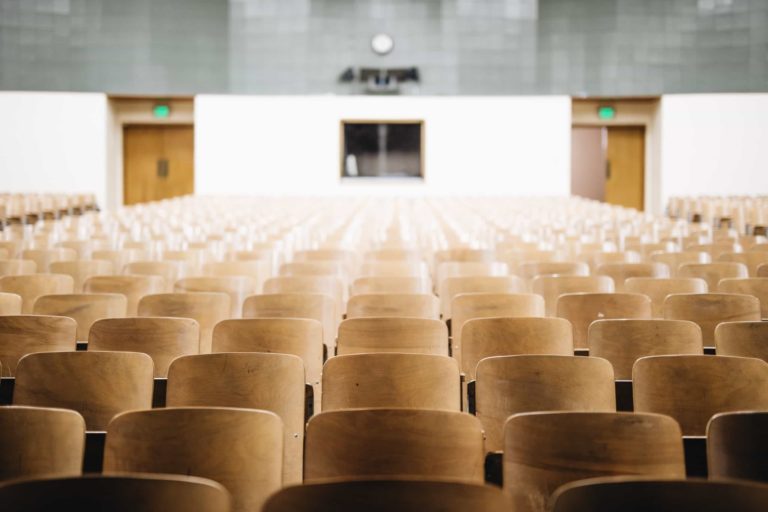
How Augmented Reality is Being Used in Education
by Emily Henry
Augmented Reality is a technology that has been growing in popularity for years. It can be used to transform the world around us and make it more immersive. It’s now also being utilized in educational programs, and could change the way we learn.
For those unfamiliar, AR uses computer-generated sensory input such as sound, video, or graphics and integrates them with your natural senses of sight and sound. This can result in immersive experiences where digital content interacts with physical reality, thus enhancing it.
Often, this is applied to shopping – for example, to see how a new couch would look against your living room wall or a new paint color on your bedroom wall before making any final decisions.
How AR is Transforming the Education Industry
As noted, AR continues to be a hot topic. Companies like Google, Apple, and Niantic have invested heavily in the technology — with apps like Pokémon GO and devices like the iPhone X that can utilize this technology for an expanding list of use cases.
Now, AR is being used to transform education as well. In fact, there are several ways that it can be used in the educational setting. We’ll focus on three of them.
The Immersive Classroom: A Conversation With Facebook's EdMod Labs
1. Enhancing Lectures and Presentations with AR
One way AR is being used in education is to enhance lectures and presentations. This can be done in several ways, but one common application is to use AR to add additional visuals to what is being presented.
For example, if a professor is discussing the solar system, they could use an AR app to display a three-dimensional model of the solar system that students can view from all angles. This type of technology can also be used to add additional information to a presentation. For example, if a professor is discussing the history of Rome, they could use an AR app to display images and videos of historical landmarks in Rome that students can view up close.
AR can also be used to make lectures more interactive. For example, if a professor is discussing the history of Rome, students could use an AR app to place virtual “pins” throughout their campus that allow them to virtually visit historical landmarks in Rome.
This approach allows for more engagement among students and can make lectures feel much less like one-sided presentations.
2. Providing Hands-On Learning Opportunities with AR
Another way AR is being used in education is to provide hands-on learning opportunities. This can be done in a number of ways, but one common application is to use AR to create virtual laboratories for students.
For example, if a student is studying chemistry, they could use an AR app to virtually construct molecules that they can interact with.
This approach allows students to have a more immersive learning experience, and offers them the chance to learn concepts in exciting new ways.
3. Increasing Engagement Among Students With AR
AR is being used in education as an engagement tool among students. This can be done by utilizing AR to create interactive learning experiences, but it can also be done by using AR to gamify the educational process.
For example, if a student is studying history, they could use an AR app to compete against classmates in a virtual quiz game concerning historical persons, places, et cetera. This is being practiced today by companies such as ClassVR, Curiscope, Figment AR (recommended for younger students), and Human Anatomy Atlas.
As you can see, this approach can help students learn more effectively and make the educational process more enjoyable.
AR in Professional Training
AR isn’t just for education alone. In fact, when we say education, we don’t just mean that AR is changing the game in universities, colleges, and classrooms. It’s also being used in professional training.
A great example is Boeing, who uses AR for their mechanics to identify and diagnose problems with planes. In 2018, the company used AR inside their factories to help them do things like installing wiring into aircrafts. And similar AR-guided assembly has been used by companies ranging from GE to Porsche.
Conclusion
There are several possibilities for how AR can be used in professional training, and we’re just starting to scratch the surface. Even NASA is starting to integrate AR software into their training programs for this very reason. Like other areas of AR innovation and application, AR in education will continue to evolve in the above ways, and in new ways that haven’t yet been imagined.
 Emily Henry is a technology writer and consultant at Paper Fellows and State of Writing; and a tutor at Essay Help.
Emily Henry is a technology writer and consultant at Paper Fellows and State of Writing; and a tutor at Essay Help.

